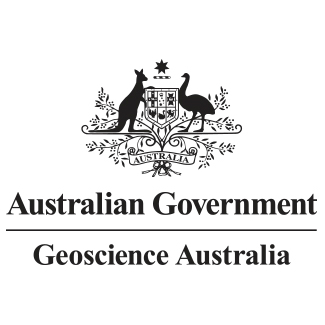Brief description
This resource includes bathymetry data acquired during the Northern Depths of the Great Barrier Reef survey on RV Falkor using its Kongsberg EM302 multibeam sonar system. The EM710 data acquired on this survey will be included in a future release. The primary objective of the survey was to explore the Cape York Peninsula region, through geophysical mapping of the shelf edge and continental slope adjacent to the barrier reefs and around the seven detached reefs lying north of Cape Weymouth, including within the large Wreck Bay. The offshore Cape York area is considered a frontier marine region with very little multibeam data collected previously in this far northern section of the Great Barrier Reef. The survey aimed to reveal the full inventory of submarine canyons, drowned reefs and any other significant seabed features in the region. A secondary objective was to conduct geophysical mapping of the Swain slide, an underwater landslide on the slope adjacent to the Swain Reefs in the southern Great Barrier Reef, with a headscarp about 10 km wide and a debris field extending ~20 km from the headscarp. The mapping aimed to reveal the full extent of the debris field and nature of the debris material proximal to the headscarp. Another objective was to conduct geophysical mapping around the steeper slopes around reefs in the eastern Coral Sea Marine Park, including the Saumarez, Frederick, Kenn, Wreck and Cato Reefs. The mapping aimed to fill data gaps between existing airborne LIDAR bathymetry over the shallow reefs and previously collected multibeam data around the steeper flanks. To achieve these objectives, the survey extended over 47 days, leaving Brisbane, Australia on September 30, 2020 and returning to Brisbane, Australia on November 17, 2020. The voyage was split into three legs, with port calls made at Cairns and Horn Island in the Torres Strait. Geophysical mapping involved the use of both Kongsberg EM302 and EM710 multibeam systems on the RV Falkor, typically operated in Dual Swath mode. In depths deeper than ~1200 m, the EM710 was turned off. Backscatter and water column data were also collected on both multibeam systems. This V1 dataset contains two 64m resolution 32-bit geotiff files of the FK200930 survey area produced from the processed EM302 only bathymetry data. This dataset is not to be used for navigational purposes. This dataset is published with the permission of the CEO, Geoscience Australia.Lineage
Maintenance and Update Frequency: asNeededNotes
Purposebathymetry survey
Issued: 16 12 2020
Modified: 10 12 2020
Data time period: 2020-09-30 to 2020-11-17
text: westlimit=143.00; southlimit=-27.00; eastlimit=156.00; northlimit=-9.00; projection=WGS 84 (EPSG:4326)
User Contributed Tags
Login to tag this record with meaningful keywords to make it easier to discover
Northern Great Barrier Reef 2020 64m (zip) [30.9 MB]
- URI : pid.geoscience.gov.au/dataset/ga/144545

- global : 55963a34-01ba-48e7-a011-f601a1452305


